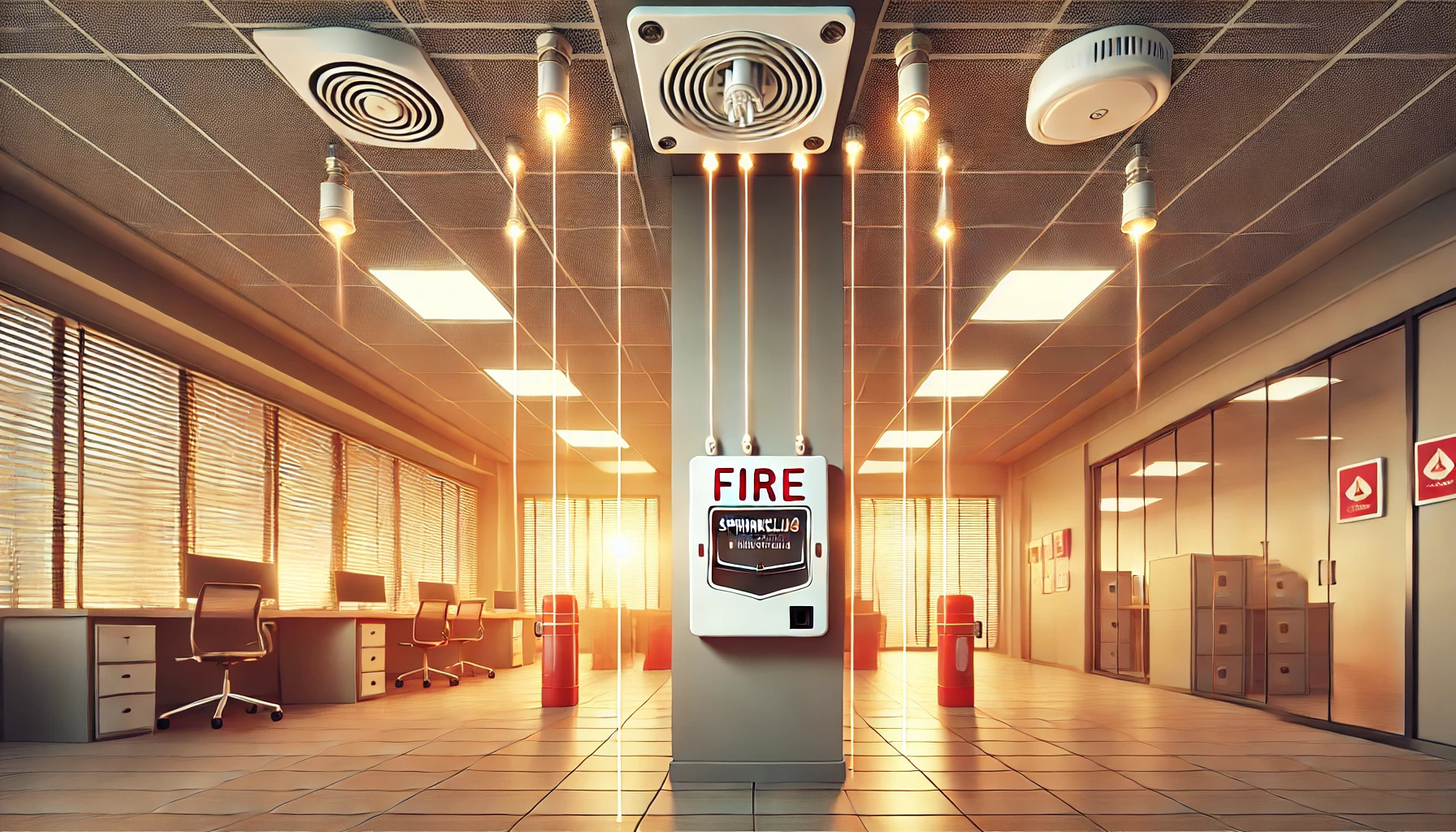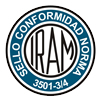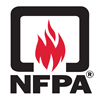Guaranteeing safety in industrial environments involves protecting people, assets, and ensuring that operations are not interrupted by incidents. Fire protection plays a crucial role in achieving this goal, and various systems are available to meet the specific needs of each industry. From traditional alternatives to state-of-the-art automatic technologies, each option offers unique advantages. In this article, we highlight the most commonly used systems and analyze why automatic systems are the best solution in most cases.
1. Traditional Systems (with Hydrants)
Traditional fire protection systems rely on hydrants, which are manual devices connected to a network of pipes and designed to supply water with standardized pressures and flows to combat fires. Key characteristics include:
- Simplicity and reliability: Hydrants are easy to operate and provide a reliable solution in a wide range of scenarios.
- Manual intervention: They require trained personnel or firefighters to operate, which can delay the initial response in case of a fire.
- Wide coverage: Ideal for outdoor areas, warehouses, and other spaces where automatic systems may not always be necessary.
While effective, traditional systems have limitations in response time and require constant maintenance to ensure proper operation.
2. Automatic Systems
Automatic fire protection systems offer a modern and efficient solution that acts immediately upon detecting a fire. Some of the most common types include:
- Automatic sprinklers: Detect temperature increases and discharge water directly onto the affected area.
- Foam systems: Designed for fires where water alone is insufficient, such as those involving flammable liquids.
- Clean agent systems: Used in areas with sensitive equipment, such as electrical rooms and data centers.
- High-pressure water mist systems: These systems have the advantage of using minimal water, thanks to their high extinguishing performance achieved through the application of water in mist form.
- Spray systems (atomized water): Suitable for cooling and controlling fires in transformers and areas with critical machinery.
These systems have the advantage of acting quickly and precisely, minimizing damage and protecting people and facilities.
Why Is an Automatic Installation Always Recommended?
Opting for automatic fire protection systems is always the best alternative for the following reasons:
- Immediate response: Automatic systems act instantly upon detecting a fire, significantly reducing reaction time and potential damage.
- Constant protection: They are always active, even during nighttime or when no personnel are present.
- Risk reduction: They minimize personnel exposure to danger by avoiding the need for manual interventions.
- Regulatory compliance: Many industrial safety regulations and insurance companies require the installation of automatic systems for certain areas and types of risk.
- Efficiency in fire control: Automatic systems are designed to tackle the fire in its early stages, preventing it from spreading and causing greater damage.
Both traditional and automatic systems have their place in fire protection, depending on the characteristics of the industry and associated risks. However, automatic systems represent the safest, most efficient, and reliable option for protecting industrial facilities, ensuring a fast and effective response to any eventuality.
At Vernassa, we specialize in designing and implementing customized fire protection solutions that meet the highest national and international standards. Our team combines experience, cutting-edge technology, and a comprehensive approach to ensure the safety of your industry. Contact us and discover how we can help you protect your facilities and ensure the continuity of your operations.









